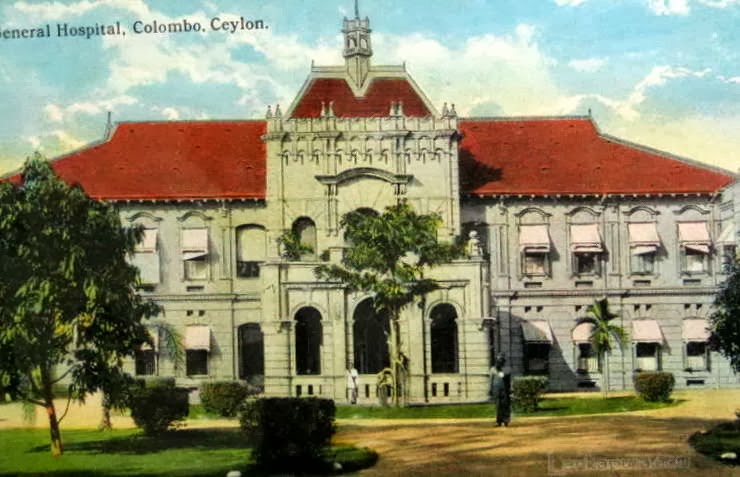Olinton
Mervyn Bastiansz aka Wally Bastiansz is the god father of Sinhala Baila, who
brought Kaffrigna to the fore. Baptised as "'Ogustus Martheneus
Bastiansz'", named after his grand father Wilhelmus Martheneus, his close
family and friends called him 'Olie' or 'Olinton'. Once he embarked on his
musical career whilst serving in the Traffic Division of the Ceylon Police, he
presented himself with the stage name 'Wally Bastiansz'.
As a serving police officer, Wally played in the police band during the 1940s. It is said that he had been granted special permission to attend musical events by then prime minister Sir John Kotelawala. He was instrumental in providing road traffic presentations conducted by the traffic police at all major cities across the country.
Wally also played Banjo, Violin and the Spanish Guitar. His music style was later followed by many other successful Baila singers such as Anton Jones, M. S. Fernando, Desmond De Silva, Saman De Silva.
His other popular songs include, Mathakai Amme, Nurse Nona, Hai Hooi Babi Archchi,Le Kiri Karala and Ratak Watinawa. It is a hidden fact that Nurse Nona was about his own sister Felicia Florence Jayasekera (née Bastianz, died 1996) who was a nurse in the 1940s.
Wally bade last farewell to his fans and the music world by leaving a lasting legacy on Chorus Baila, on the 16th January 1985.
The song is about his favourite instrument Viola. In the song Wally describes how little babies are consoled in their cradles to the sweet sound of the viola. He further goes on to say that he has no use of the sound of the flute at his death bed, except for the sweet sound of the Viola, and invites Viola to meet in heaven.
Wally's songs are about simple things in everyday life. Irene Josephine is a testimony to that.
Irene Josephine is a timeless classic by Wally that is echoed in all music circuits today in Sri Lanka even after 50+ years. Music was directed by Aelian Soysa and the violin solo introduction by M.K. Rocksamy.
Source: Google & Wikipedia
As a serving police officer, Wally played in the police band during the 1940s. It is said that he had been granted special permission to attend musical events by then prime minister Sir John Kotelawala. He was instrumental in providing road traffic presentations conducted by the traffic police at all major cities across the country.
Wally also played Banjo, Violin and the Spanish Guitar. His music style was later followed by many other successful Baila singers such as Anton Jones, M. S. Fernando, Desmond De Silva, Saman De Silva.
His other popular songs include, Mathakai Amme, Nurse Nona, Hai Hooi Babi Archchi,Le Kiri Karala and Ratak Watinawa. It is a hidden fact that Nurse Nona was about his own sister Felicia Florence Jayasekera (née Bastianz, died 1996) who was a nurse in the 1940s.
Wally bade last farewell to his fans and the music world by leaving a lasting legacy on Chorus Baila, on the 16th January 1985.
The song is about his favourite instrument Viola. In the song Wally describes how little babies are consoled in their cradles to the sweet sound of the viola. He further goes on to say that he has no use of the sound of the flute at his death bed, except for the sweet sound of the Viola, and invites Viola to meet in heaven.
Wally's songs are about simple things in everyday life. Irene Josephine is a testimony to that.
Irene Josephine is a timeless classic by Wally that is echoed in all music circuits today in Sri Lanka even after 50+ years. Music was directed by Aelian Soysa and the violin solo introduction by M.K. Rocksamy.
Source: Google & Wikipedia
Brings
back good old memories of the 60s when we were teenagers. You can listen to old
favourites on Youtube.
Here is
a collection of baila from Youtube


